






of







of







of





















Besitchay State Reserve was set up in Zangilan region with the decision of Azerbaijan government dated July 4, 1974. The reserve lies in the southern-west part of Azerbaijan, in Besitchay valley. The landscape complex of the reserve area was formed to protect the rare plane forest. Now its total area is 107 hectares. The length of its area is 15km, the width is 150-200m in some places. The reserve is encircled with the area of forest resource of Armenia. 79,4 % of the area was covered with a forest, 14% is a sparse wood. The woodless areas are 6.5%.
The area covered with the forest is 600-800 m above sea-level and mainly mountainous. The climatic condition of the area is very propitious for natural recovery and growth of the plane forest. The annual amount of sunny hours is totally up to 2200-2500. The annual average temperature is 13 degrees, 10 degrees in January, up to 25 degrees in July.
The amount of yearly rainfall is 600mm. The snow cover is 10-30cm, during some years is up to 70-80cm. The relative humidity of the weather is 60-70%.
100 hectares of Besitchay State Reserve area is covered by plane forests. There are mixed plane groves, too. Here also grow Greek nut, mulberry, willow, poplar trees, hawthorn, dog-rose, brimstone, blackthorn, etc bushes. The average age of plane trees in the reserve is 165, the average height is 35m, and the average diameter is 1m. There are also species of up to 1200-1500 years old, 50 m height, and 4m diameters. The wood stock of the forest is 190 cubic meters per a hectare, 16200 cubic meters per the whole area. The annual upgrowth of the forest is 1,22 cubic meters per a hectare. There are different suppositions about the origin of plane trees. Some investigators see them like the remainders of old natural forests. (A. A. Grossheim), others suppose they are the remnants of widely spread plane –groves in river valleys of South- Western Caucasus. (L.Y. Prilinko, Y.S Safarov)
In Besitchay woodlands the planes propagate by means of seeds and shoots. Here 80% of the planes generate with shoots, 20% with seeds. One of the giantess trees in the reserve is 1200 years old, 53m high, with 4m diameters. There have appeared 185 shoots out of its corpulent trunk. These shoots are also like giant trees; the biggest one among them is 100-150 years old and 40 m high.
As a birch has a symbolic meaning for vegetation for Russian and Lebanese people, Azerbaijanis also chose a plane like a symbol of our flora historically and looked up to it. We have enough grounds for it. A plane tree is as stately as our people and nature, as ancient as our history. Planes are charms, adornment, pride, and longing of our nature. Unfortunately, such wealth of Azerbaijan has been ruined by Armenian invaders since 1993, those forests have been plundered and exploited in furniture production.
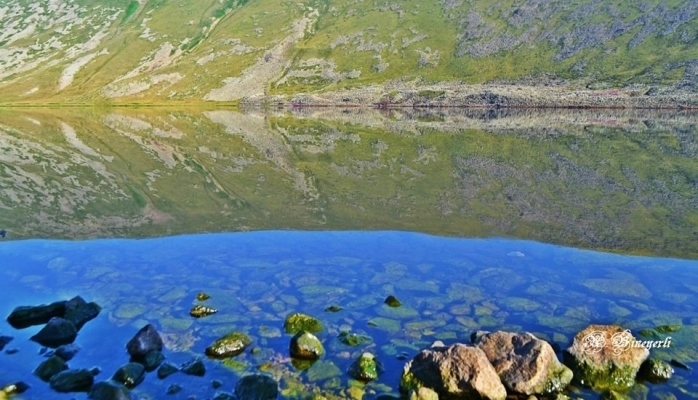
Qaragol Interrepublics State Reserve was set up with the decision of the Council of Ministers dated November17, 1987. Garagol State …

The idea of establishing Aghdam Bread Museum, which is considered to be the second in the world after the Zurich …
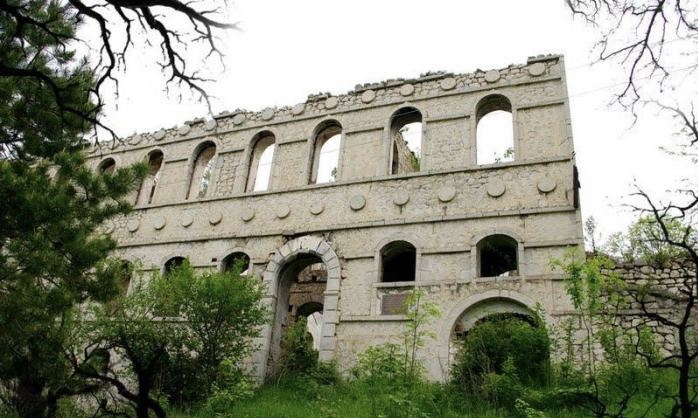
The Khurshudbanu Natavan’s House is a historical and architectural monument of the 18th century located in the city of Shusha. …

Museum Mausoleum Complex of Molla Panah Vagif is located in Shusha, Azerbaijan. It was built in honor of Molla Panah …
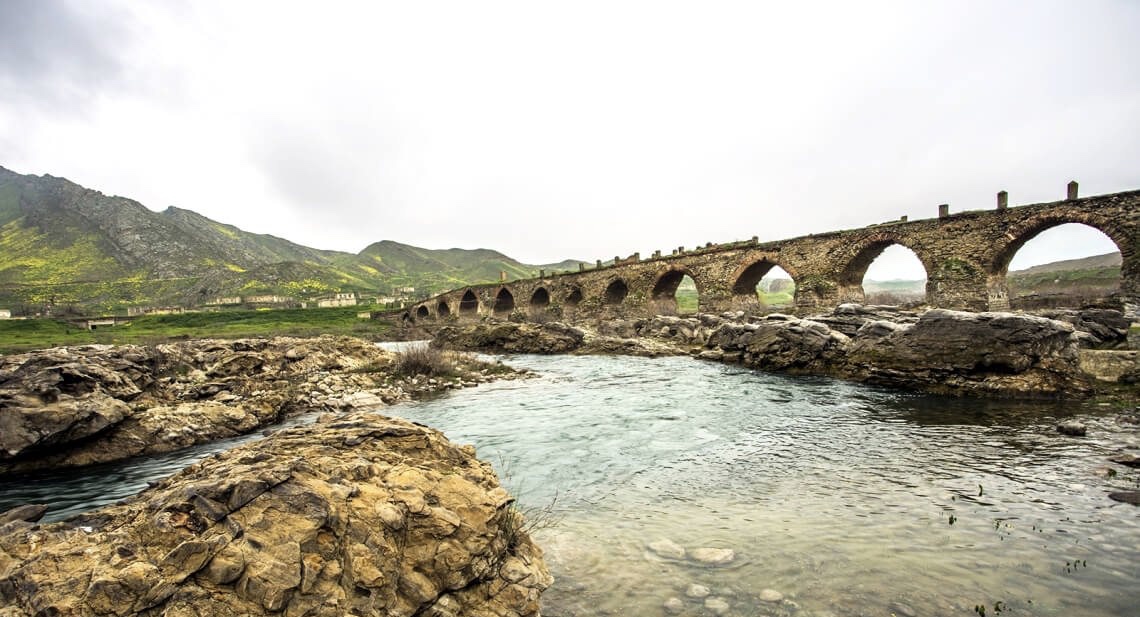
The Bridge belongs to the Arran architecture school. The first written source that mentioned the 15-arched Khudafarin Bridge belongs to …
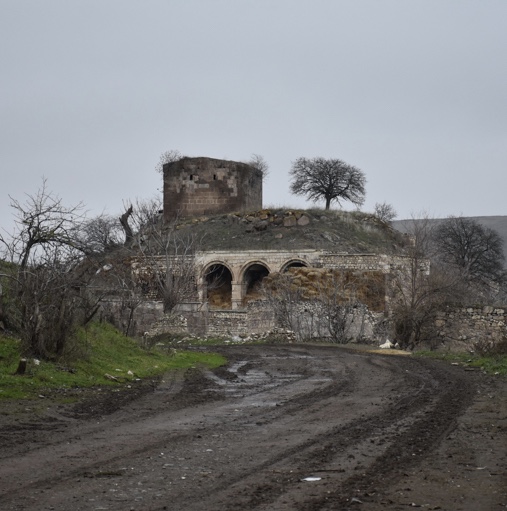
Garghabazar Caravanserai was built in 1681 at the hillside, in the center of Garghabazar village of Fuzuli district, 8 km …
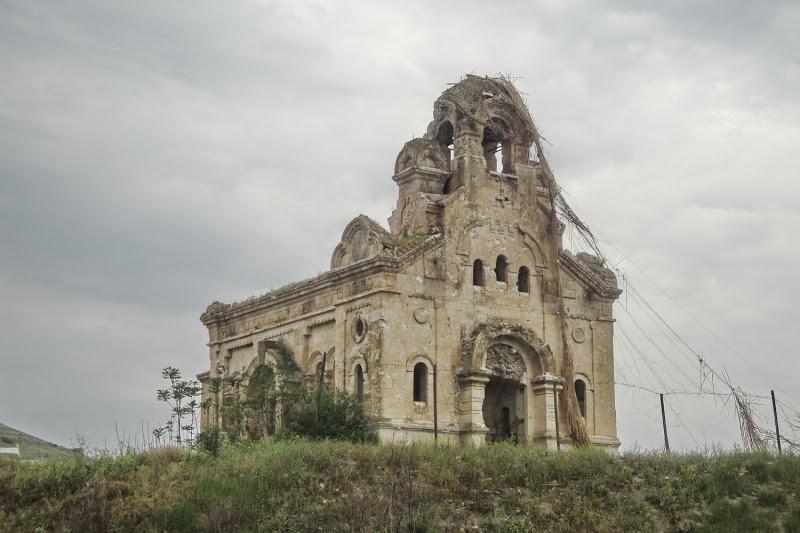
Armenia’s vandalism in Nagorno-Karabakh and seven surrounding regions affected not only the historical, cultural, and religious heritage of Islam but …

Jabrayil History-Ethnography Museum has been operating since 1953. Archaeological and ethnographic materials belonging to the history of the region, textiles, …

Khudavang, or Dedeveng, Monastery Complex is located in the Vang village of Kalbajar District, on the left bank of Tartar …

“The 19th century Aghdam Juma Mosque is perhaps the only structure that has withstood the years of neglect since the …